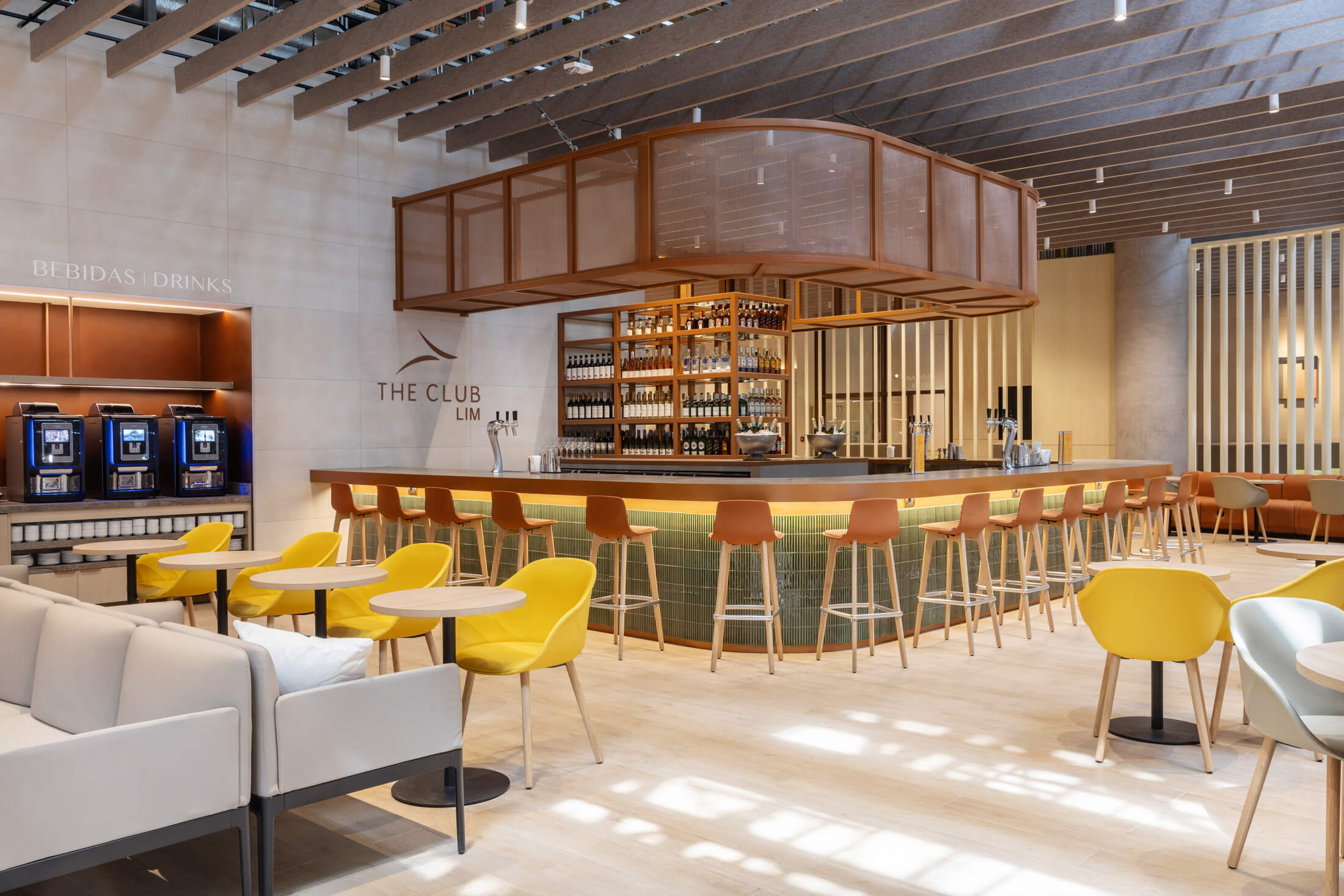FAA Clears United’s Starlink Wi-Fi for Takeoff—What’s Next?
The airline has obtained FAA approval to install Starlink on its Embraer E175 aircraft
by George Gomez
April 1, 2025
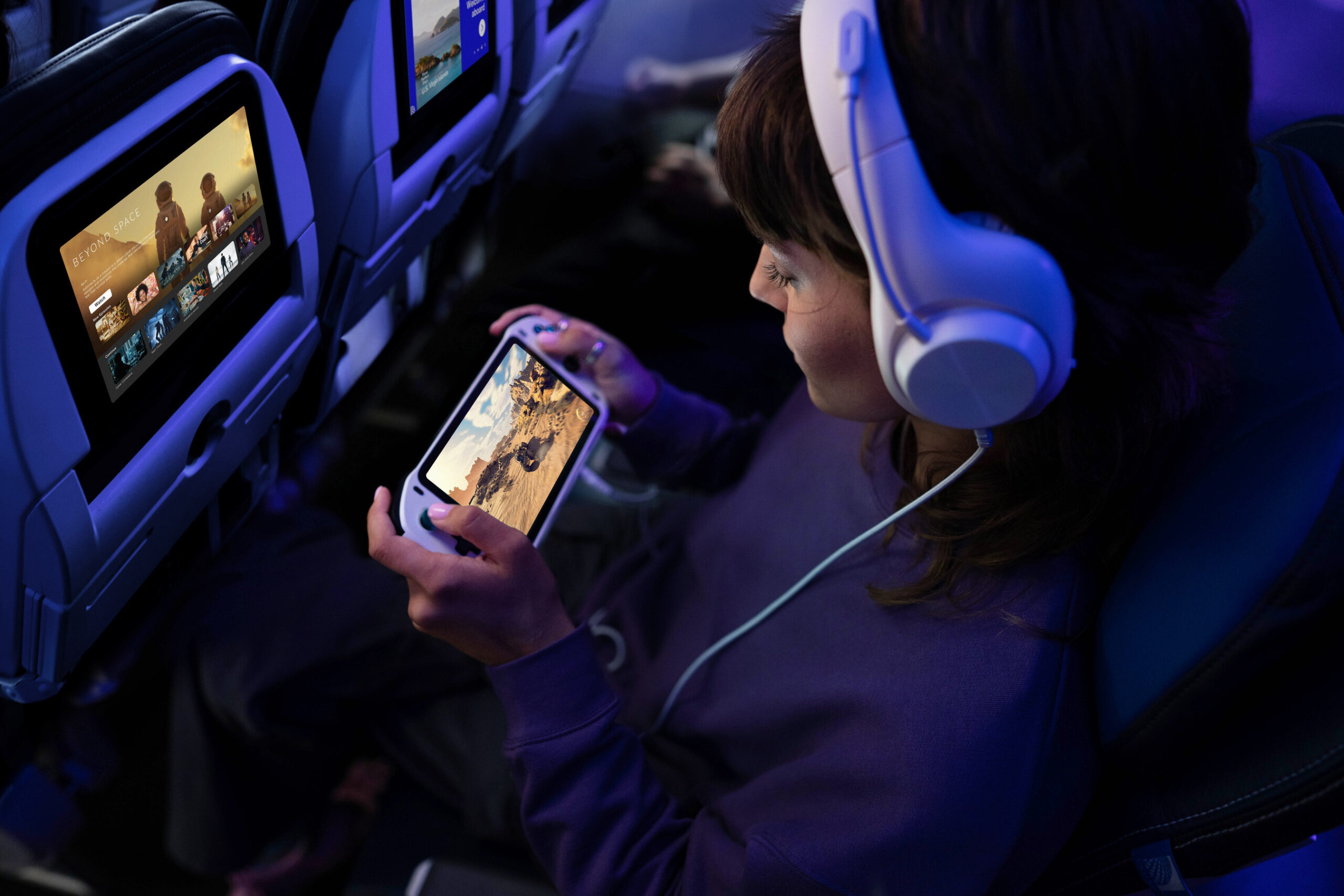
Photo: Courtesy of United Airlines
United Airlines is one step closer to revolutionizing in-flight connectivity, securing FAA approval for Starlink on its Embraer 175 aircraft.
The airline has reached a major milestone in its ambitious plan to deliver free, high-speed Wi-Fi across its entire fleet. The Federal Aviation Administration (FAA) has officially approved Starlink installations on the airline’s Embraer 175 jets, marking the first aircraft type in United’s fleet to receive the next-generation satellite internet system.
With the first commercial Starlink-equipped flight scheduled for May, United is on track to complete installations across its two-cabin regional fleet—more than 300 aircraft—by the end of the year.
The world’s fastest, most reliable Wi-Fi in the sky, @Starlink, has officially landed on our first aircraft, with the rest of our fleet to follow.
That means you’ll be able to stream, browse and game just like you do at home. And the icing on the digital cake? Starlink will be… pic.twitter.com/g9Y5alDF0E
— United Airlines (@united) March 7, 2025
According to United, the new Starlink hardware installation takes around eight hours per plane, about 10 times faster than other in-flight connectivity providers. For this reason, the airline is planning approximately 40 regional jet installations per month, accelerating the rollout of this game-changing connectivity.
United’s Race to a Connected Sky
United’s collaboration with SpaceX’s Starlink—announced in September 2024—was groundbreaking. Unlike traditional Wi-Fi providers that offer sluggish speeds and unreliable coverage, Starlink uses low Earth orbit satellites to deliver seamless, high-speed internet even over remote regions and oceans.

Photo: Courtesy of United
With speeds of up to 250 megabits per second (Mbps)—about 50 times faster than current regional aircraft Wi-Fi—United passengers will soon be able to stream, game, and video conference without interruptions. In fact, the airline promises that passengers will be able to connect from the moment they board until they disembark, with support for multiple devices per user account.
“We know customers are going to love this experience, and we think it will give them yet another reason to choose United,” said Grant Milstead, United’s Vice President of Digital Technology. “We’re working closely with Starlink and the FAA to finish installs on our regional fleet this year and bring the best in-flight experience in the sky to more and more people.”
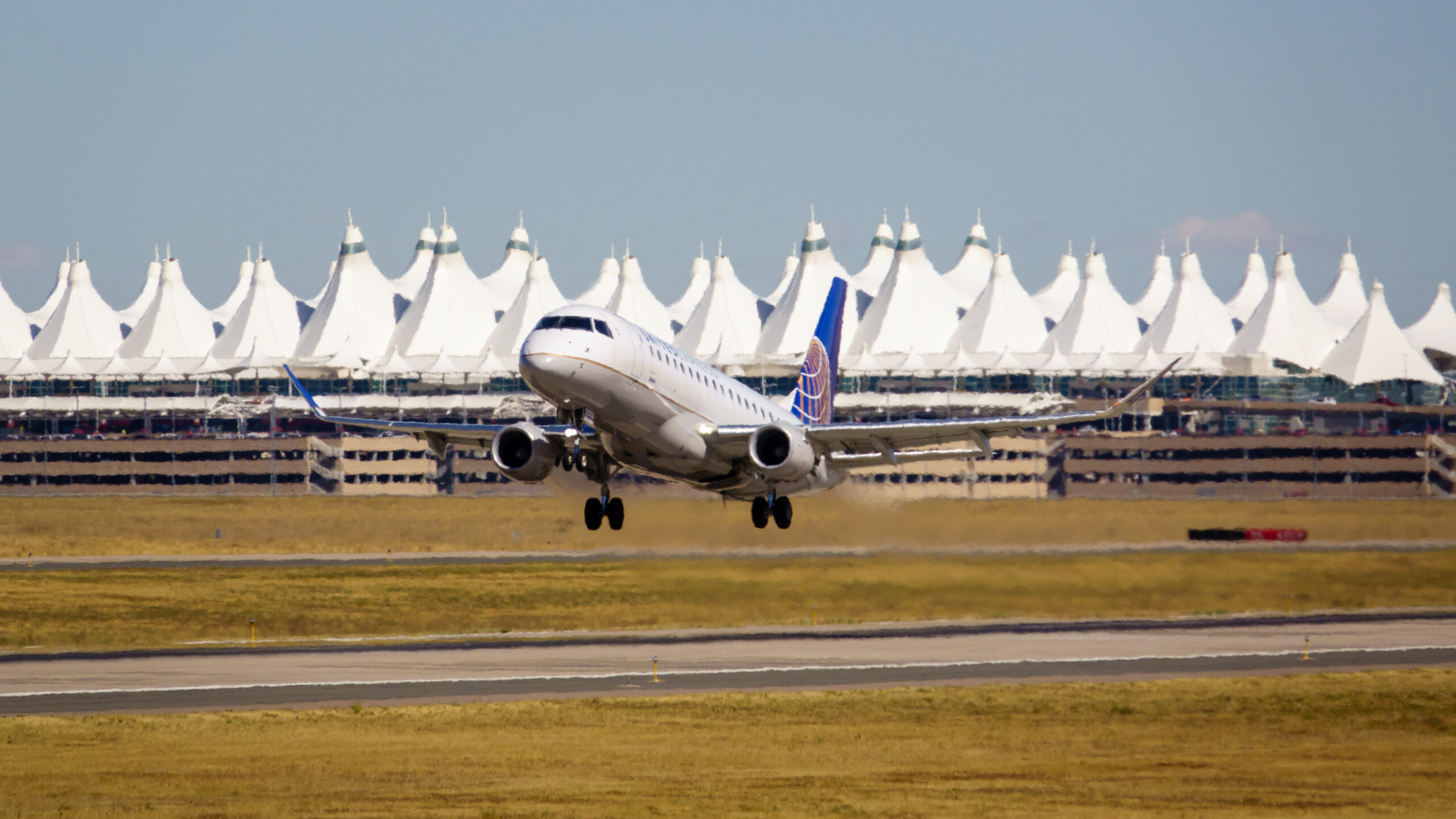
Photo: United Airlines, Embraer E175. Courtesy of Denver International Airport.
In the coming months, United will beta-test Starlink on select flights to ensure the system delivers a seamless onboard experience before its full commercial launch. Beyond the Embraer 175, United is working with the FAA to secure certification for additional aircraft types, ultimately covering both its regional and mainline fleet—more than 1,000 aircraft in total.
The MileagePlus Advantage
One of the most significant aspects of United’s Starlink rollout is its promise to offer free Wi-Fi to all of its MileagePlus frequent flyer program members. Membership is free, meaning every passenger can access high-speed internet without paying additional fees—something that sets United apart from most competitors, who still charge for in-flight connectivity, like American Airlines.
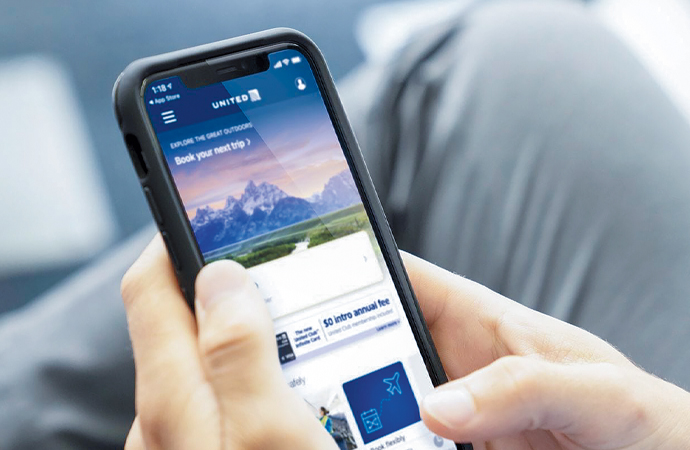
United Airlines App / Photo: Courtesy of United Airlines
“We have a lot planned for our MileagePlus members this year, and adding Starlink to as many planes as we can—as quickly as we can—is at the center of it all,” said Richard Nunn, CEO of United MileagePlus. “It’s not only going to revolutionize the experience of flying United but also unlock tons of new partnerships and benefits for our members that otherwise wouldn’t be possible.”
United Leads the Pack in Connectivity
United’s deal with SpaceX represents the largest Starlink agreement in the airline industry and positions the carrier ahead of its U.S. competitors in the race for superior in-flight internet.
Several international airlines, including Qatar Airways, Hawaiian Airlines, Air New Zealand, and Air Baltic, have also adopted Starlink technology.
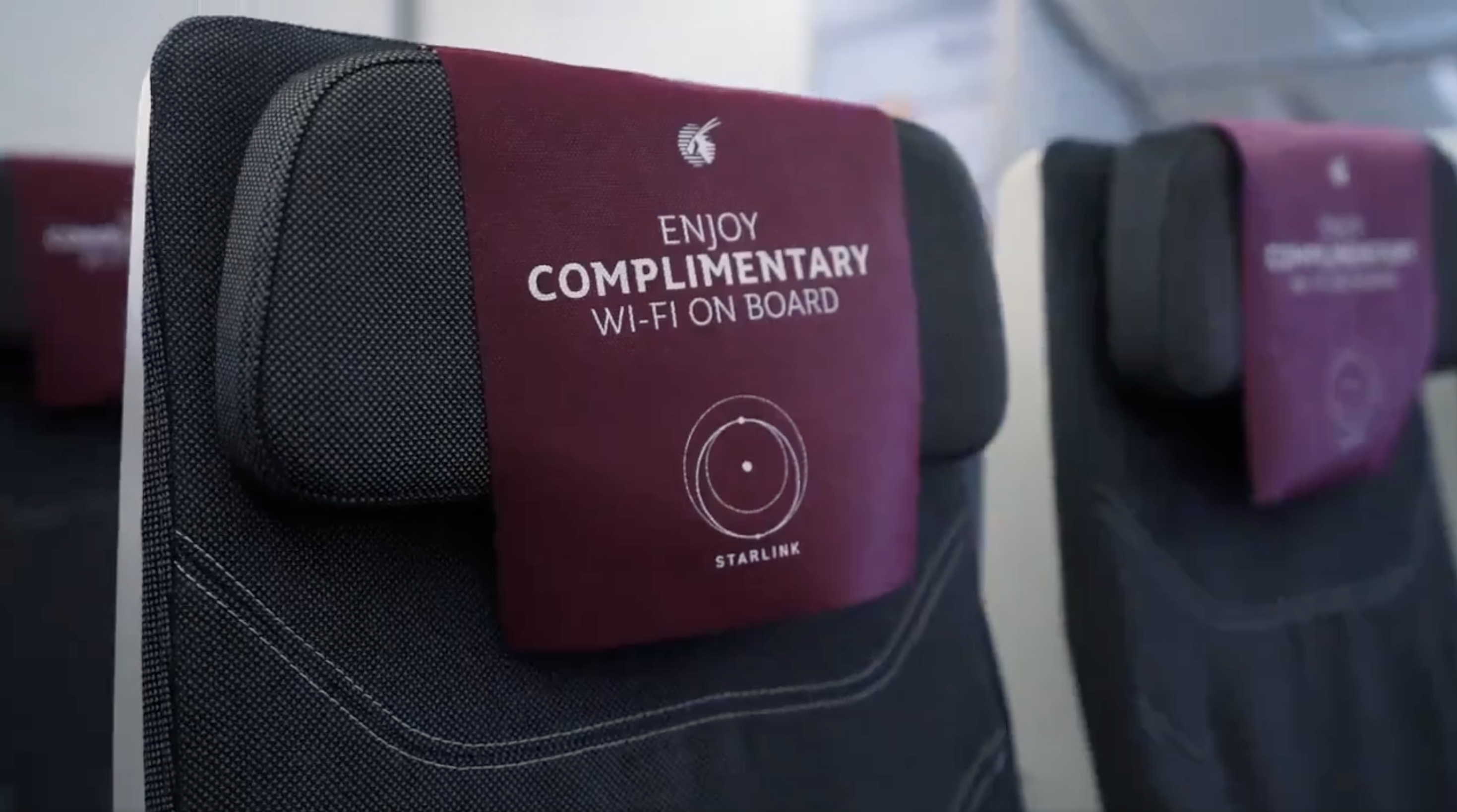
Photo: Courtesy of Qatar Airways / YouTube
In February, Qatar Airways announced that over 50 percent of its Boeing 777 aircraft are now equipped with Starlink. CEO Badr Mohammed Al-Meer stated, “We are delivering on our commitment to provide our passengers with the best in-flight connectivity at an unprecedented pace. In just four months since launching the world’s first Boeing 777 Starlink-equipped flight, we have already installed this groundbreaking service on 30 aircraft—far exceeding our initial targets.”
The speed at which Qatar Airways has upgraded its Boeing 777 fleet with the new connectivity system suggests that United will also be able to expedite its fleet-wide installation.
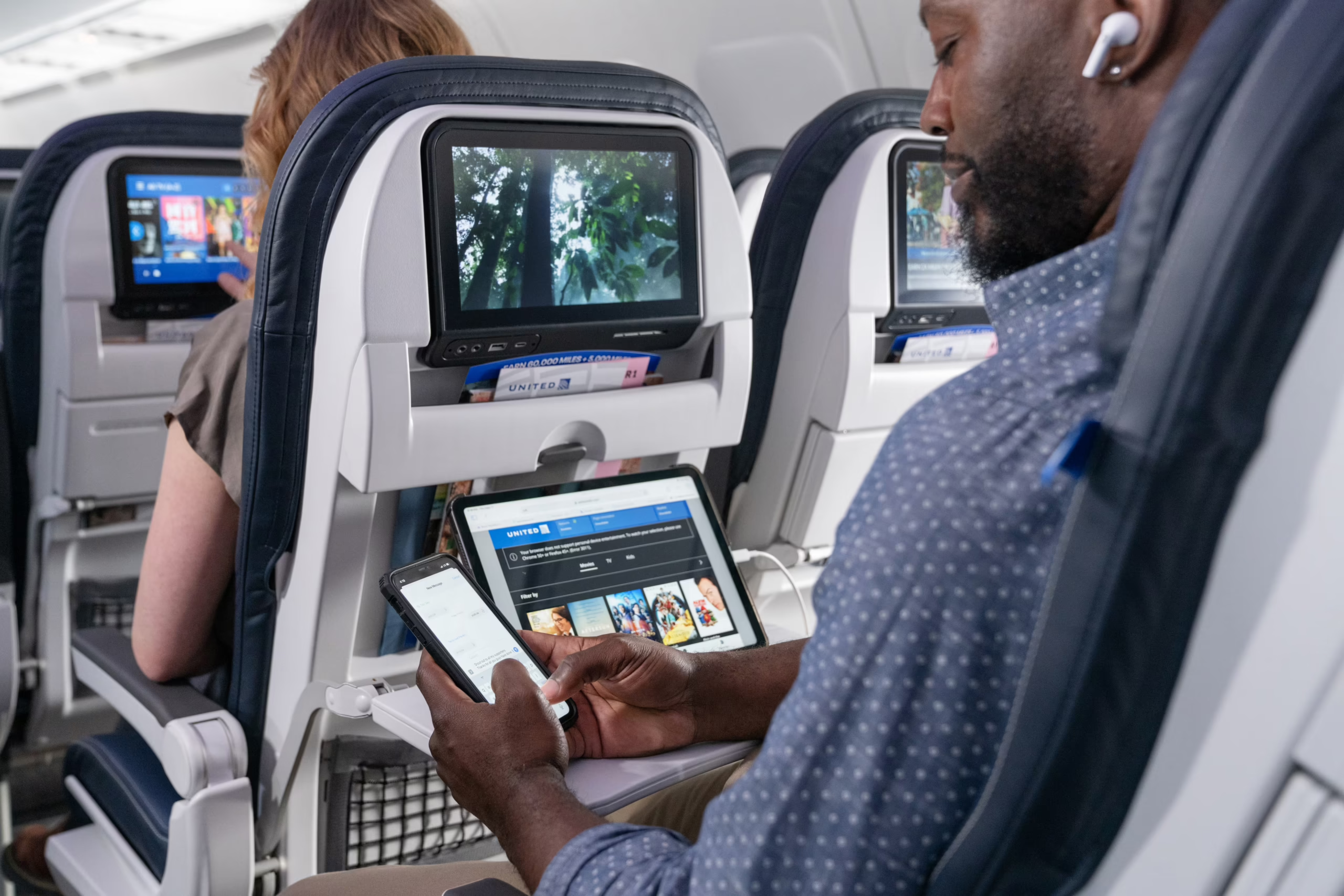
Photo: Courtesy of United Airlines
By replacing legacy Wi-Fi providers with Starlink, United is establishing a new standard for in-flight connectivity. CEO Scott Kirby summarized this initiative: “Everything you can do on the ground, you’ll soon be able to do onboard a United plane at 35,000 feet, just about anywhere in the world.”
With full deployment anticipated by the end of the year, United passengers will not have to wait long to experience a new era of in-flight entertainment and connectivity.



